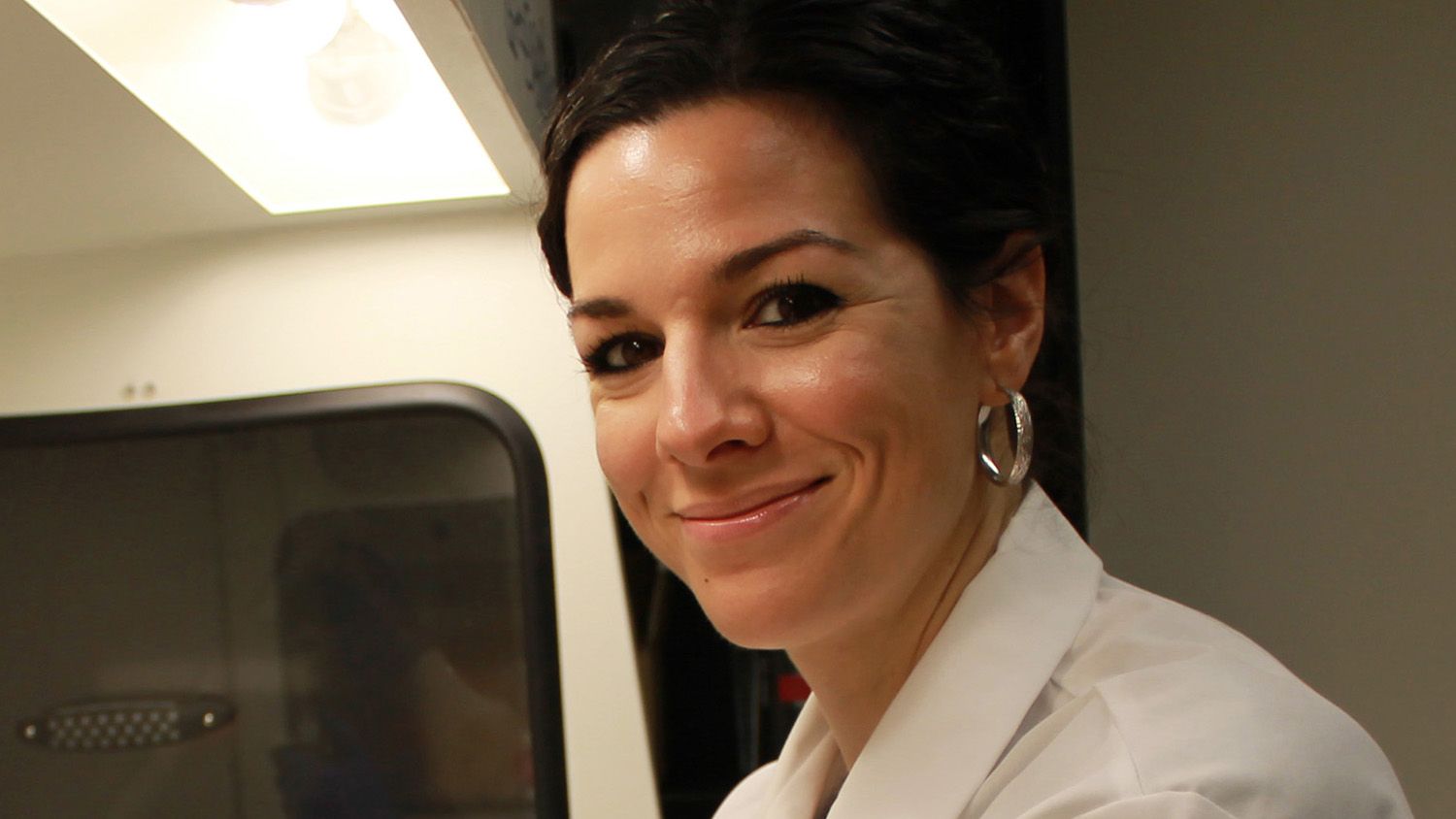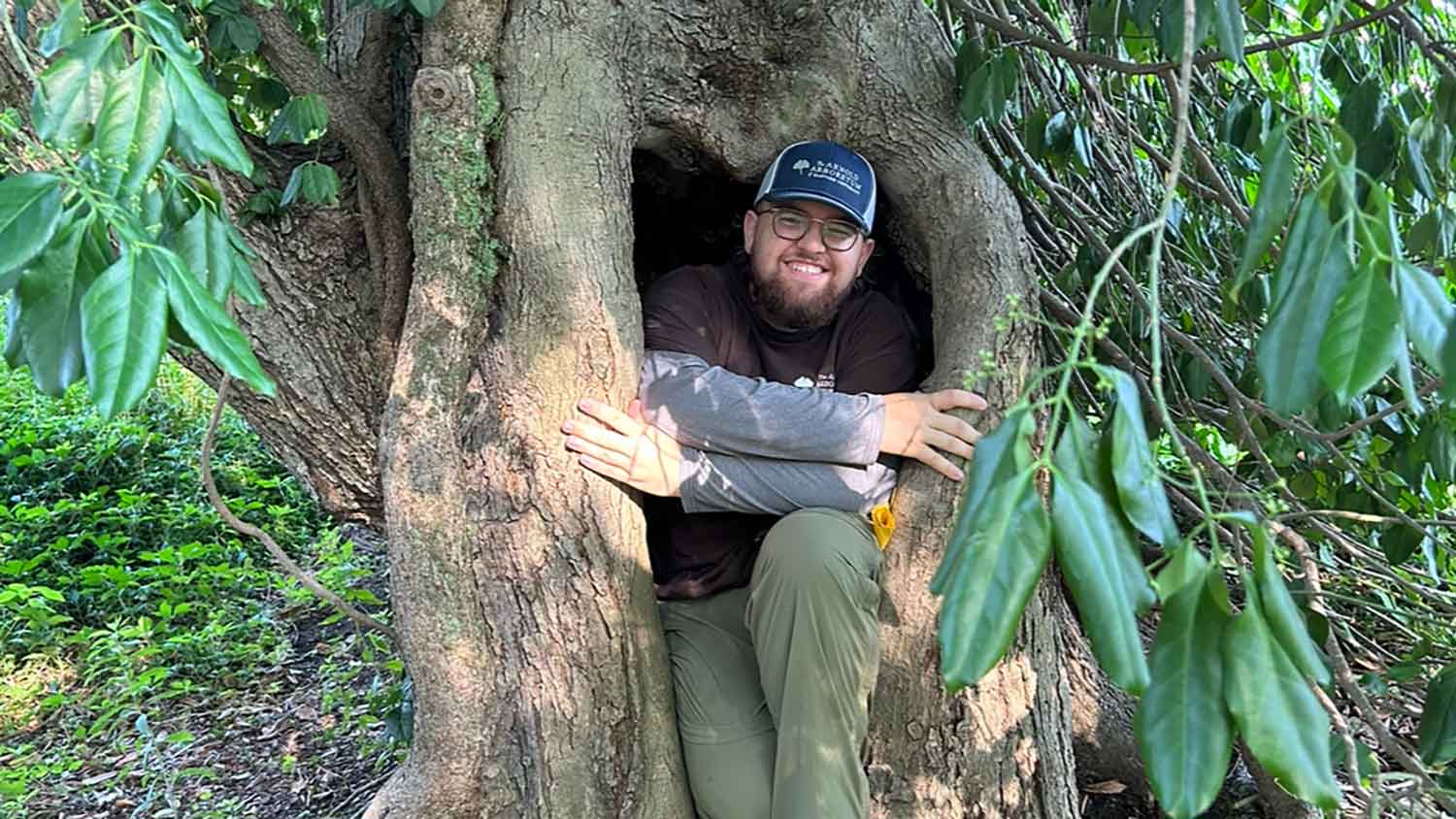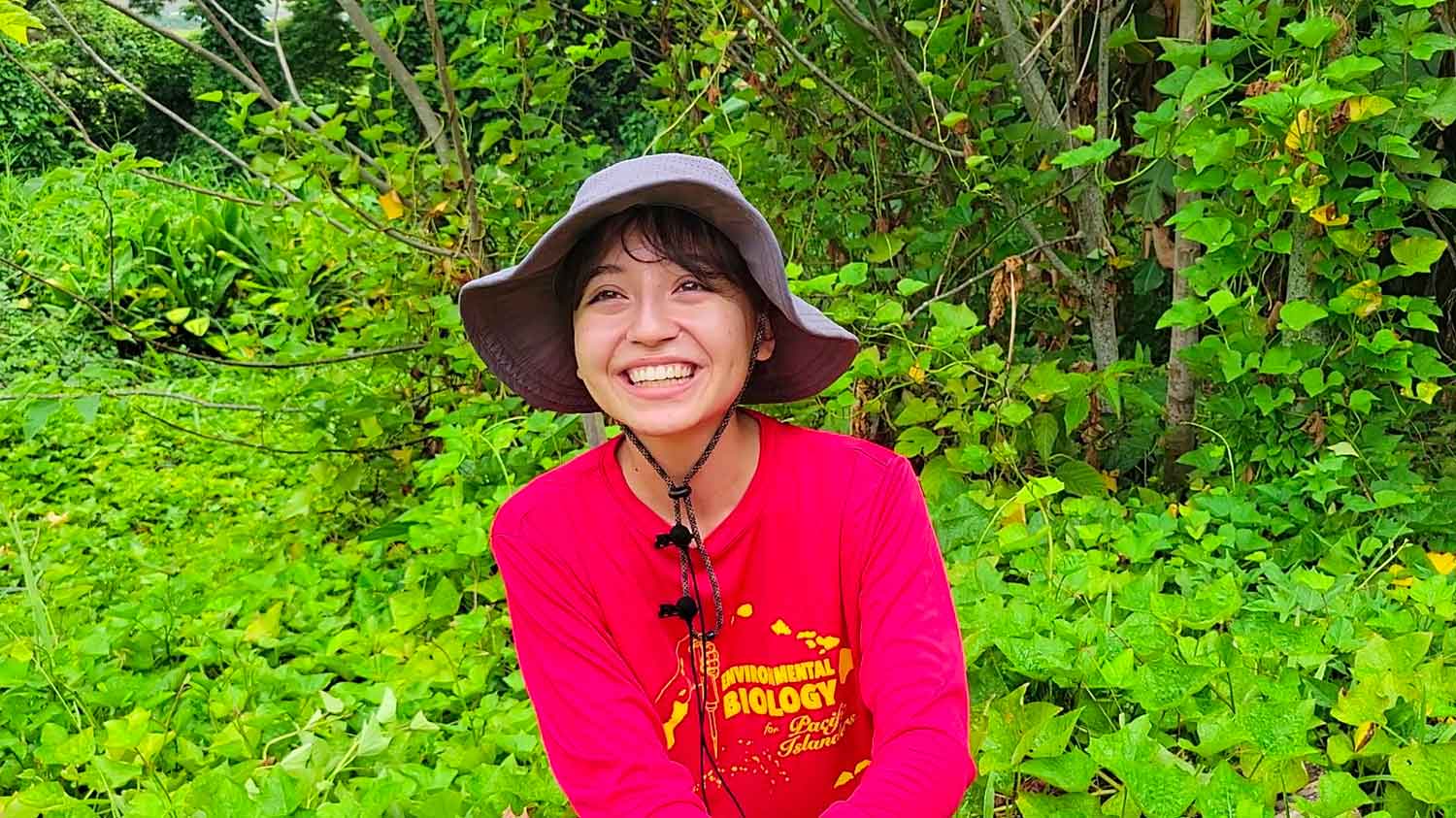Getting to the Genetic Root of Stem Cells

Stem cells have been called the origin of plant vitality, dividing to produce more stem cells and a steady supply of other cells that grow into a plant’s tissues and organs. A group of NC State scientists and their collaborators are finding faster ways to identify the complex gene interactions that make such self-renewal and differentiation possible.
Using a combination of molecular biology, computational biology and mathematical modeling, Angels de Luis Balaguer, postdoctoral researcher with Ross Sozzani’s group, and her collaborators developed a way to infer relationships among thousands of plant genes and to predict their importance in stem cell regulation.
The researchers focused on specific stem cells within the root tip of the model plant Arabidopsis thaliana. But what they learned has implications not only for understanding the growth and development of plants and animals of all kinds, but also for increasing production of crops that provide food, fiber and fuel, said Sozzani, an assistant professor in the Department of Plant and Microbial Biology.
“There has been a lot of study looking at the function of genes in stem cells, and the data are coming bigger and bigger and more complicated,” Sozzani said. “The question became, how can we extrapolate key information from this very healthy, rich data without any a priori knowledge — without any bias?”
In the Sept. 5 publication of the journal PNAS – the Proceedings of the National Academies of Sciences –the team discusses how they created a computer modeling algorithm called GENIST and used it to identify a specific gene, perianthia (PAN), as a key regulator of gene expression in the cells that maintain stem cells in their undifferentiated status, the quiescent center.
“We are actually looking at the whole system — at how genes are regulating each other over time, in a dynamic manner. This is the first study that does that,” Sozzani said. “Our system is the stem cell, but what we developed is actually applicable to anything you want.”
Supported in part by a National Science Foundation CAREER award, Sozzani and the team started by gathering data on genes change over time.
“How they regulate each other can be based on the probability that, let’s say, gene A precedes gene B. If there is a higher probability that A speaks first, then I would say A regulates B,” she explained. “This is the mathematics behind our computational biology.”
To achieve robust prediction power, the team used the algorithm with two sets of data: one set that shows how gene expression in the root stem cells changes at multiple time points, and one from a previously generated profile of transcription factors in 12 development zones of the Arabidopsis root.
“This kind of data and pipeline merged together can identify the gene that’s responsible for traits such as drought resistance,” she said.
Indeed, in a recent issue of the journal Plant Physiology, researchers from the Donald Danforth Plant Science Center in St. Louis worked with Sozzani and de Luis Balaguer to learn more about the complex genetic architecture involved in determining leaf thickness in desert tomatoes.
Because it homes in on the genes that are most likely to be responsible for specific traits, the algorithm could become a valuable tool for researchers who want to create resilient transgenic crops. As Sozzani explained, “This is really speeding up the process of downstream application, which is the most time-consuming aspect of generating transgenic lines.”
The PNAS paper, “Predicting gene regulatory networks by combining spatial and temporal gene expression data in Arabidopsis root stem cells,” is available online. Sozzani and de Luis Balaguer’s co-authors are Adam Fisher, Natalie Clark and Cranos Williams, from NC State; Maria Guadalupe Fernandez-Espinosa of the Universidad de Salamanca, Spain; Barbara K. Moller and Dolf Weijers of Wageningen University, The Netherlands; and Jan U. Lohmann, University of Heidelberg, Germany.
This post was originally published in College of Agriculture and Life Sciences News.
- Categories:


